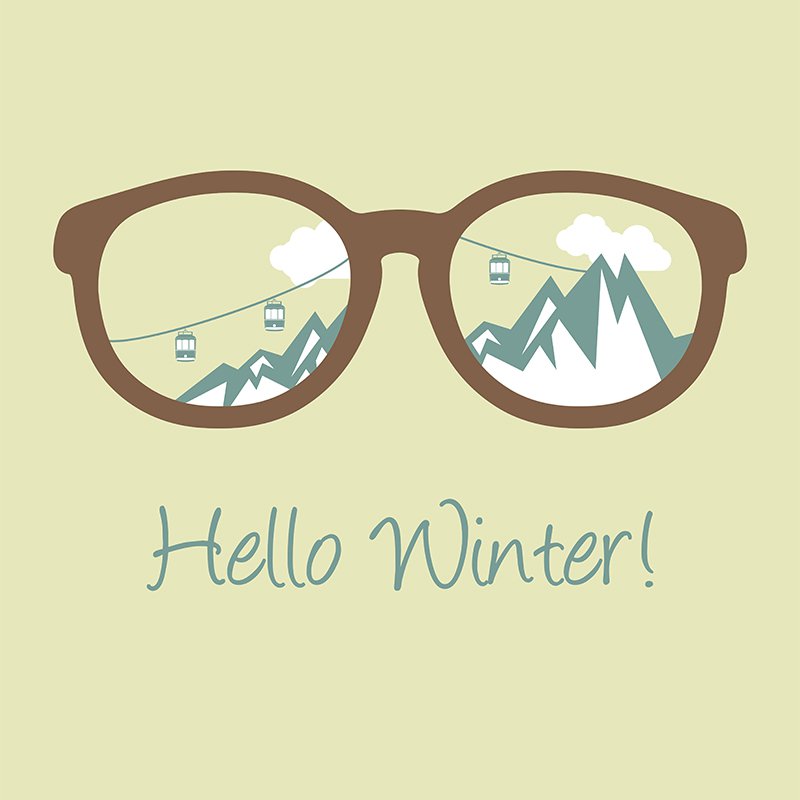UV rays want the health of our eyes! Invisible, they can cause sunburn in the eye, a factor that may promote early aging of the eye, responsible for cataracts or age-related macular degeneration (AMD).
The glasses protect our eyes in the mountains as well as at the seaside.
The idea that there is only seaside that our eyes are exposed to the dangerousness of UV rays is false. In reality, there is just as much risk at altitude as on a beach. First, the more you ride, the more dangerous it is (the UV inflates their dangerousness by 10% every 1000 m of altitude exceeded and are accompanied by blue light which one knows that tires the eye). Finally, like sand, snow is a very good reflector of sunlight (up to 85% of the rays). Conclusion: we protect his eyes with a (very) good pair of glasses.
Moreover, according to the "barometer of vision health ", established each year by the Asnav ( National Association for the improvement of vision), we are well aware of the problem since we are 78% to wear glasses on the slopes or ski resort. And when we are parents, 85%, we wear protective glasses to our children.
Skiing effectively protects children's eyes
A "wider" pupil and unpigmented tissues, children's eyes are more fragile than the eyes of adults. They let UV rays pass more easily: between 1 and 12 years, 60% of UVA and 25% of UVB reach the retina. A pair of sunglasses is therefore essential for a ski holiday. Better yet: the mask that protects the eyes from UV rays that could pass through the sides.
Choose the right level of protection for your glasses
Wear glasses on the slopes? Yes, but which ones? The choice of glasses to face the brightness of the snow is crucial.
- It is imperative to choose category 3 or even 4 (also eye protection also recommended for the open sea).
- Because they favor the contrasts (useful on the tracks), it is better to choose glasses of yellow or orange hue .
- CE marking is also essential . It is found on glasses sold at opticians but also the supermarket glasses. On the other hand, distrust with the glasses sold on the markets.
Source: AsnaV (National Association for the Improvement of Sight).


